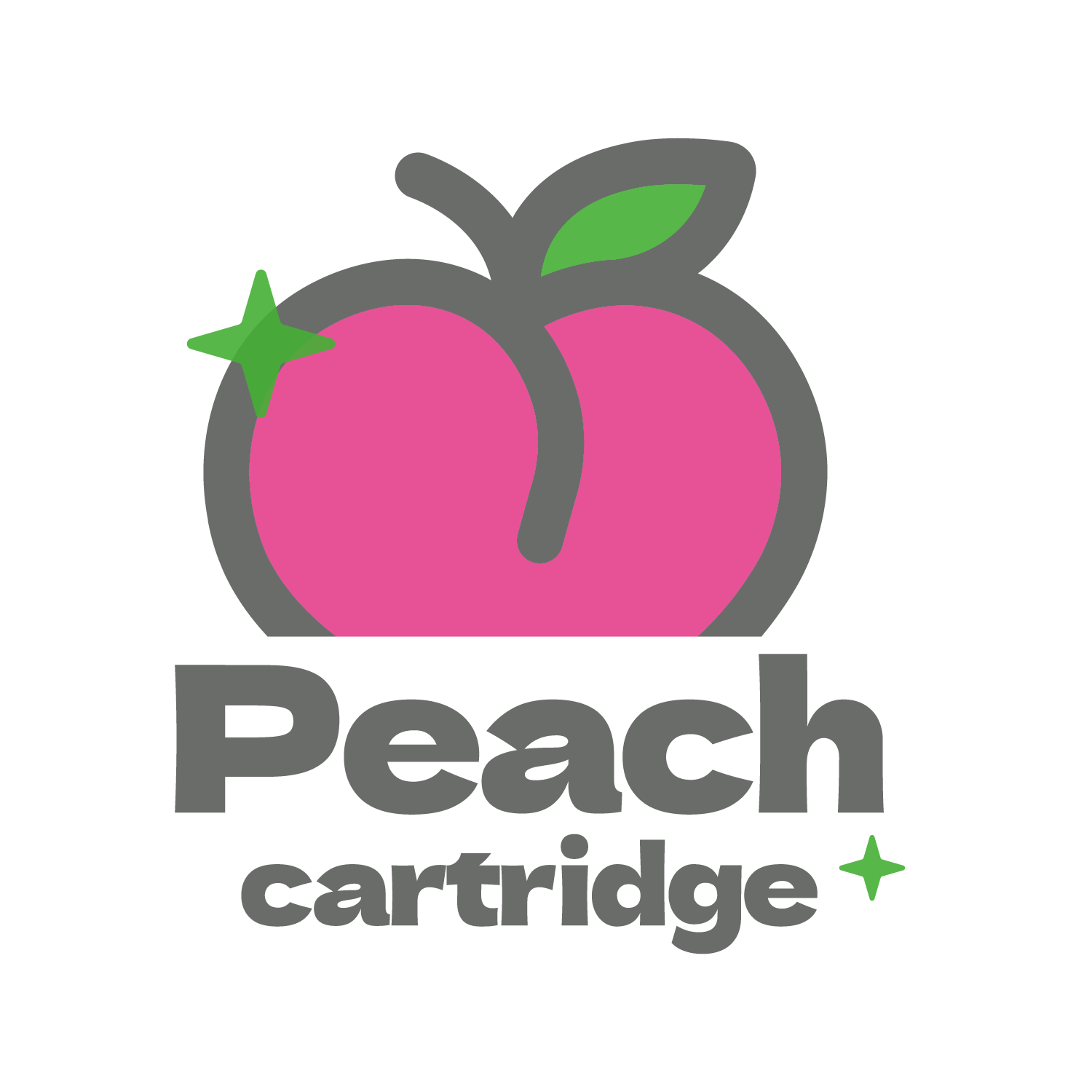A: What is Ink Pit Tattoo?
Ink Pit Tattoo refers to a specific style and culture of tattooing that emphasizes intricate, bold designs, often characterized by their depth, shading, and intense color saturation. This style has gained a cult following for its striking visuals and the skill required to execute such detailed artwork.
B:Popularity and Cultural Impact
Over the years, tattoos have transcended from a subcultural phenomenon to a mainstream form of self-expression. Ink Pit Tattoo, with its distinct aesthetic, has played a significant role in this evolution, influencing fashion, media, and personal identity.

II: History of Tattoos
A:Ancient Tattoo Practices
Tattoos have been part of human culture for thousands of years. Ancient civilizations, from the Egyptians to the Polynesians, used tattoos for various purposes, including rites of passage, spiritual beliefs, and social status.
B:Evolution of Tattoo Art
As societies evolved, so did the art of tattooing. The introduction of electric tattoo machines in the late 19th century revolutionized the process, making it more accessible and varied in style.
C:Modern Tattoo Trends
Today’s tattoo culture is diverse and dynamic, with styles ranging from traditional to neo-traditional, realism to abstract. Ink Pit Tattoo has emerged as a unique blend of these influences, pushing the boundaries of what tattoo art can be.
III:Understanding Ink Pit Tattoo
A:Definition and Characteristics
Ink Pit Tattoo is known for its heavy use of black ink, bold lines, and elaborate shading techniques. These tattoos often feature dramatic contrasts and intricate details that create a sense of depth and texture.
B:Techniques Used in Ink Pit Tattoos
Artists employ various techniques, such as dotwork, linework, and shading, to achieve the signature look of Ink Pit Tattoos. These methods require precision and a deep understanding of how ink interacts with skin.
C:Common Designs and Themes
Themes in Ink Pit Tattoos can range from traditional motifs like skulls and roses to more modern, abstract concepts. The designs are often personalized to reflect the wearer’s individuality and story.
IV: Choosing the Right Design
A:Factors to Consider
When choosing a design, consider the tattoo’s placement, size, and personal significance. It’s essential to select something that resonates with you, as tattoos are long-term commitments.
B:Personal Meaning and Symbolism
Many people choose Ink Pit Tattoos for their symbolic meanings. Whether it’s a tribute to a loved one or a representation of a personal journey, the symbolism can add depth to the artwork.
C:Popular Ink Pit Tattoo Designs
Popular designs include intricate mandalas, detailed portraits, and elaborate nature scenes. These designs are favored for their ability to showcase the detailed artistry that Ink Pit Tattoos are known for.
V:Finding the Right Artist
A:Researching Artists and Studios
Start by researching local tattoo artists and studios. Look for artists who specialize in Ink Pit Tattoo styles and have a solid portfolio of similar work.
B:Checking Portfolios
Examine portfolios carefully to assess the quality and consistency of an artist’s work. Pay attention to the details and the overall execution of their tattoos.
C:Importance of Consultations
Consultations are crucial. They allow you to discuss your ideas with the artist, understand their process, and establish a connection. This step ensures that both you and the artist are on the same page
VI:The Tattooing Process
A:Preparation Steps
Before your appointment, ensure you’re well-hydrated, have eaten, and are well-rested. Avoid alcohol and drugs, as they can affect your body’s response to tattooing.
B:What to Expect During the Session
During the session, the artist will clean and shave the area to be tattooed. They’ll then apply a stencil of the design and begin the tattooing process, which involves using a needle to insert ink into the skin.
C:Post-Tattoo Care
Aftercare is vital for proper healing. Follow your artist’s instructions, which typically include keeping the tattoo clean, applying recommended ointments, and avoiding sun exposure and submersion in water.
VII:Conclusion
Ink Pit Tattoos represent a captivating blend of artistry, personal expression, and cultural significance. From their historical roots to modern innovations, these tattoos continue to inspire and intrigue. Whether you’re considering your first tattoo or adding to your collection, understanding the intricacies of Ink Pit Tattoos can enhance your appreciation and ensure you make informed choices.
Frequently Asked Questions
The pain level varies depending on the tattoo’s location and your pain tolerance. Areas with more nerve endings, like the ribs or feet, tend to be more painful.
Consider the tattoo’s placement, size, and personal significance. Select a design that resonates with you and consult with your artist for customization.
Look for an artist with a solid portfolio, positive reviews, and experience in the style you want. Consultations are essential to ensure compatibility and understanding.
Follow your artist’s aftercare instructions, keep the tattoo clean and moisturized, avoid sun exposure, and refrain from picking at scabs.
Yes, tattoos can be removed using methods like laser removal, dermabrasion, or surgical excision. Laser removal is the most common and effective method, though it can be time-consuming and costly.
Ink Pit Tattoos are known for their detailed, bold designs featuring black ink, dramatic shading, and vibrant colors. Their intricate linework and elaborate themes create a sense of depth and texture, setting them apart from simpler or more traditional tattoo styles.



